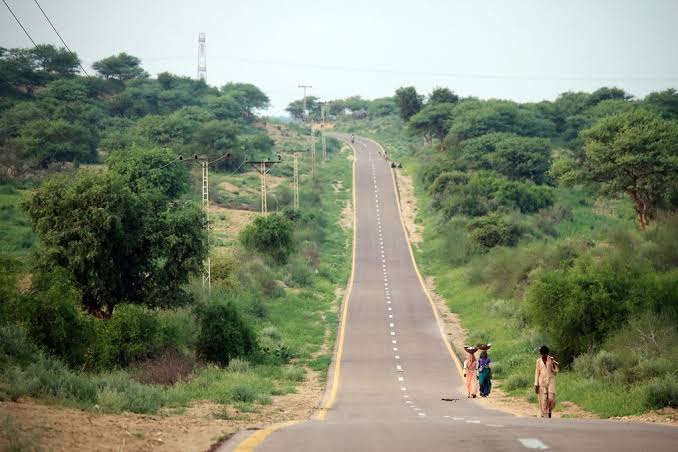Tharparkar, a vast desert, is renowned for its unique landscape that allows plants to thrive, yet it grapples with substantial challenges due to meager rainfall, hindering the local population’s access to adequate water for essential needs. Despite the adversities, the land’s fertility is apparent, enhanced by the natural growth of trees that contribute to the scenic beauty of the desert.
During the rainy season from July to September, the desert undergoes a striking transformation, becoming a picturesque destination. This change attracts not only locals from the Sindh province but also visitors from other areas who come to witness the remarkable shift in the landscape.
The rain, temporary ponds emerge, serving as a crucial water source for sustaining the community and local wildlife for approximately three months. Despite the water’s less-than-ideal cleanliness, it plays a pivotal role in meeting the fundamental needs of the inhabitants during times of water scarcity.
Wells serve as a lifeline for the people of Tharparkar, and these wells can be exceptionally deep, reaching depths of up to 200 feet. In the absence of rainfall, the water levels in these wells further decrease, presenting additional challenges for the local population.
Traditional gender roles come into play in water collection, with women undertaking the responsibility of drawing water from the wells using ropes. Given the well depths, this task necessitates teamwork, with groups of five to six women collaborating to pull up a single bucket of water. This collective effort underscores the resilience and community spirit of the people as they address their water needs in this challenging environment.


